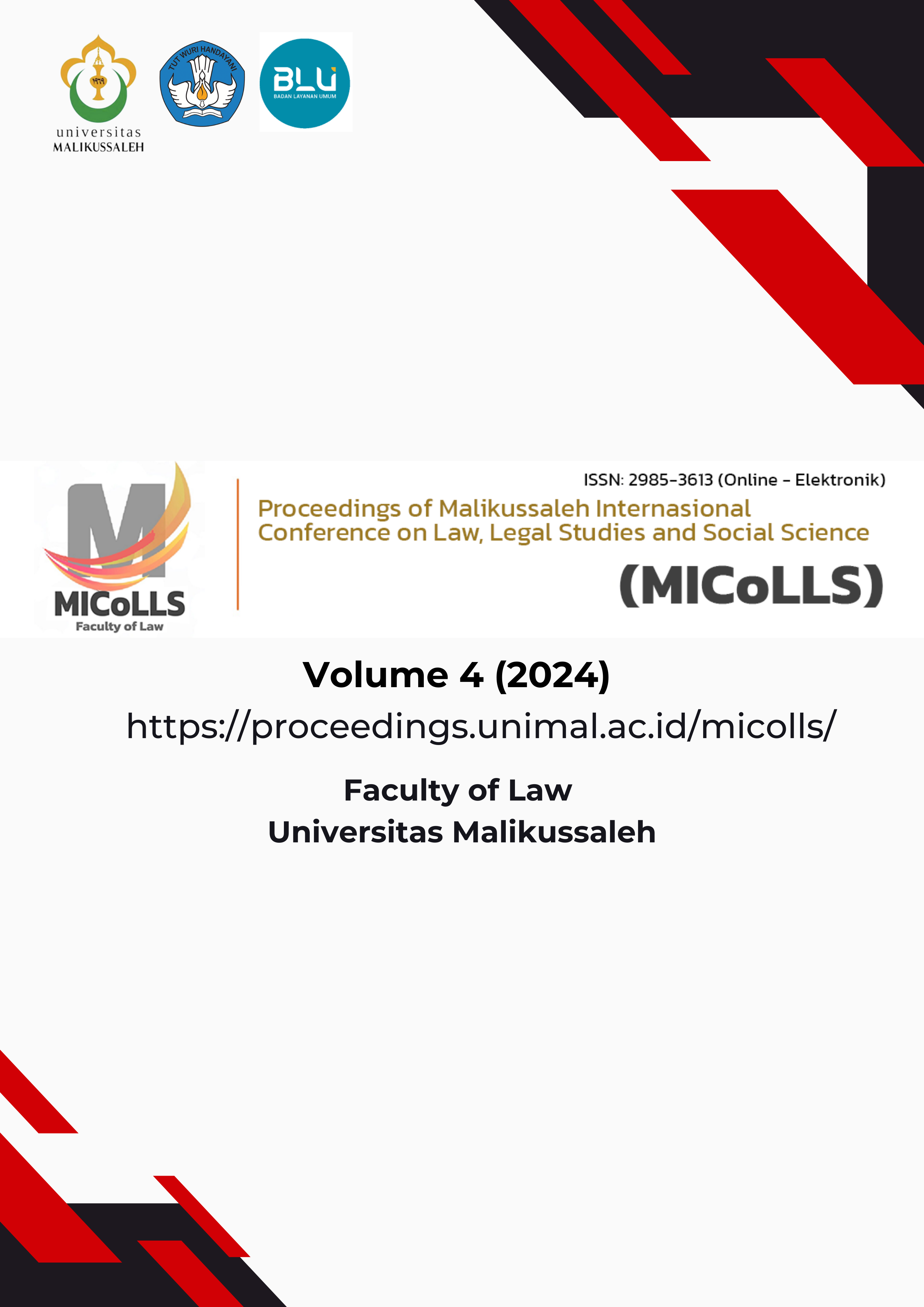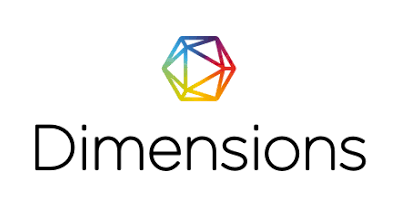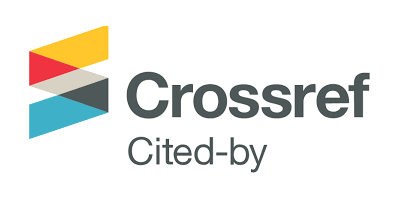Global Responsibility Regarding The Role Of States And The International Community In Protecting Children's Rights In The Palestinian Conflict
Keywords:
Palestinian conflict, Children's rights, Responsibility to Protect (R2P), International humanitarian law, Human rights law, CooperationAbstract
The ongoing conflict in Palestine has had serious impacts on children's rights, including the right to education, health, safety, and a decent life. Violations of children's rights in this conflict-affected area highlight the failures of states and the international community in fulfilling their responsibilities under international legal instruments such as the Convention on the Rights of the Child (1989), the Fourth Geneva Convention (1949), and Additional Protocol I (1977). This paper aims to examine the roles of states and the international community in protecting Palestinian children affected by the conflict, emphasizing state responsibilities within the framework of the Responsibility to Protect (R2P) principle and obligations set by international humanitarian law and human rights law. The research also analyzes the effectiveness of various initiatives and interventions undertaken by international organizations, such as the United Nations (UN), as well as non-governmental organizations in addressing violations of children's rights. Through a normative analytical approach, this study evaluates the responses of states and the international community to this humanitarian crisis, assessing whether the actions taken align with international obligation standards or reflect negligence in protecting Palestinian children. Furthermore, the article discusses the political and legal ramifications arising from the lack of protection, as well as its implications for regional stability and the global image of the involved countries. The research findings indicate that despite the existence of adequate international legal frameworks, their implementation is often hindered by political, economic, and diplomatic factors. Consequently, the protection of children's rights is less than optimal, with the international community still unable to take effective action to stop human rights violations against Palestinian children. This study emphasizes the importance of stronger international cooperation and a more proactive approach to ensure the protection of children's rights in conflict zones.
References
Akademi Jenewa. (2017). “Hak Hidup Warga Palestina di Gaza: Kerangka Hukum Internasional.” Geneva Academy.
Agus Prakoso. (2007). Perlindungan Hukum Terhadap Anak Dalam Konflik Bersenjata Internasional Antara Israel dan Libanon. Surakarta: Fakultas Hukum, Universitas Sebelas Maret. Link, diakses pada 20 November 2018.
Debora Laksmi Indraswari. (2023). “Anak-anak, Korban Terbesar Konflik Israel dan Hamas di Gaza.” Kompas.
Enny Narwati dan Lina Hastuti. “Perlindungan Hukum Terhadap Anak Dalam Konflik Bersenjata.” Jurnal Hukum UNAIR, vol. 7, no. 1, April 2008, hlm. 1-9.
Gerungan, A. (2013). “Perlindungan Terhadap Perempuan dan Anak Ketika Perang dalam Hukum Humaniter Internasional.” 21 (3).
Haryomataram. (1994). Sekelumit tentang Hukum Humaniter. Surakarta: Sebelas Maret University Press.
I Gede Susila Yuda Putra, Dewa Gede Sudika Mangku, Ni Putu Rai Yuliartini. “Perlindungan Hukum Terhadap Anak Korban Perang Dalam Perspektif Hukum Humaniter Internasional (Studi Kasus Tawanan Perang Anak Palestina Oleh Israel).” e-Journal Komunikasi Yustisia Universitas Pendidikan Ganesha, vol. 5, no. 2, Agustus 2022.
J.G., Starke. (2008). Pengantar Hukum Internasional I. Jakarta: Sinar Grafika.
Dewa Gede Sudika Mangku. (2018). Bahan Ajar Pengantar Hukum Internasional.
Nursariani Simatupang. (2018). Hukum Perlindungan Anak. Medan: Cv. Pustaka Prima.
Syarif Hidayat. (2022). Perlindungan Anak Terhadap Konflik Bersenjata Menurut ICRC International Committee of The Red Cross (ICRC) Di Negara Yaman. Jurnal Ilmu Hukum Sui Generis, vol. 2, no. 2, April 2022.
Save The Children. (2023). A child runs through rubble after Israel's airstrikes in Gaza. Save The Children.
Tiny Vandewiele. (2006). A commentary on the United Nations Convention on the Rights of the Child Optional Protocol The Involvement of Children in Armed Conflict. Boston: Martinus Nijhoff Publishers.
Perserikatan Bangsa-Bangsa (PBB). (2021). Data Kematian akibat Konflik Palestina-Israel. Kantor Koordinasi Kemanusiaan (OCHA).
Putra, B. R., dkk. (2022). Anak-anak dalam Konflik Palestina-Israel. Bandung: Alfabeta.
Mangku, I. G. (2018). Hukum Perang dan Perlindungan Sipil. Denpasar: Pustaka Bali.
Starke, J. G. (2018). Pengantar Hukum Internasional. Jakarta: Pustaka Sinar Harapan.
Simatupang, P. (2018). Hak-Hak Anak di Tengah Konflik Bersenjata. Jakarta: Komnas HAM.
UNICEF. (2022). Education in Emergencies: Protecting Education from Conflict and Crisis. UNICEF.
Amnesty International. (2021). We Will Not Be Silent: A Call for Action on the Rights of Children in Palestine. Amnesty International.
Save the Children. (2020). Education Under Attack: A Global Report. Save the Children.
Triana, E. (2009). The Protection of Women and Children in Conflict Situations: An Overview of International Legal Instruments. Jakarta: Pustaka Pelajar.
United Nations. (2005). The Declaration on the Protection of Women and Children in Emergency. United Nations.
Downloads
Published
Issue
Section
License
Copyright (c) 2025 Andri Sutrisno

This work is licensed under a Creative Commons Attribution-ShareAlike 4.0 International License.
Authors retain the copyright and grant the proceeding the right of first publication. This work is licensed under a Creative Commons Attribution-ShareAlike 4.0 that allows others to share the work with an acknowledgement of the Creative Commons Attribution-ShareAlike 4.0 that allows others to share work with an acknowledgement of the works authorship and initial publication in this proceeding.
All articles in this proceeding may be disseminated by listing valid sources, and the article's title should not be omitted. The content of the article is liable to the author.
Authors are able to enter into separate, additional contractual arrangements for the non-exclusive distribution of the proceeding's published version of the work (e.g., post it to an institutional repository or publish it in a book), with an acknowledgement of its initial publication in this proceeding.
Authors are permitted and encouraged to post their work online (e.g., in institutional repositories or on their website) before and during the submission process, as it can lead to productive exchanges and earlier and greater citation of published work.
In the dissemination of articles, the author must declare the Proceedings of Malikussaleh International Conference on Law, Legal Studies and Social Science (MICoLLS) as the first party to publish the article.






